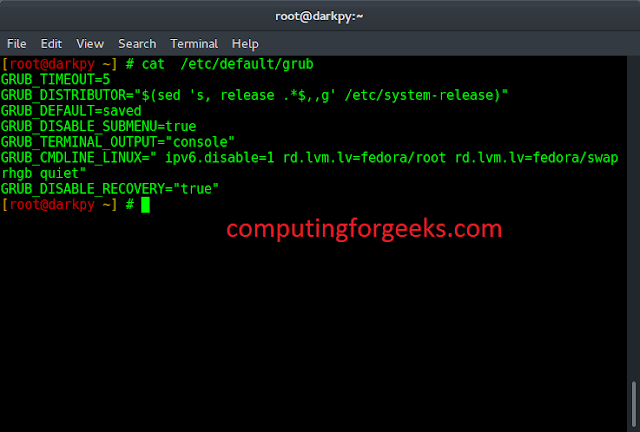Python is indeed one of the smart and most trending languages. Here are some cool hacks that make python superb among all other languages.
- List comprehensions: List comprehension is the best and efficient technique to get rid of writing unnecessary lines of code. Read Article to know more.
- Printing a list: The list is not printed according to the user’s requirement. They are always printed in unwanted square brackets and single quotes. But there is a trivial solution to print the list efficiently by using the string’s join method.
The join method turns the list into a string by casting each item into a string and connecting them with the string that joins was called on.
Python
geek = ['Geeks', 'Programming', 'Algorithm', 'Article']
print ("Simple List:", geek)
print ('List by using join method: %s' % ', ' .join(geek))
print ('Direct apply the join method:',(", " .join(geek)))
|
Output:
Simple List: ['Geeks', 'Programming', 'Algorithm', 'Article']
List by using join method: Geeks, Programming, Algorithm, Article
Direct apply the join method: Geeks, Programming, Algorithm, Article
Cool Zip tricks
- Transpose a matrix: You can Read Here about this.
- Partition a list into N groups: We used iter() as an iterator over a sequence.
Python3
geek = ['Sun', 'Flowers', 'Peoples', 'Animals', 'Day', 'Night']
partition = list(zip (*[iter(geek)] * 2))
print (partition)
|
Output:
[('Sun', 'Flowers'), ('Peoples', 'Animals'), ('Day', 'Night')]
Explanation: [iter(geek)] * 2 produces a list containing 2 items of geek[] list, i.e. a list of length 2. *arg unpacks a sequence into arguments for a function call. Therefore we are passing the same iterator 2 times to zip().
- Printing more than one list’s items simultaneously
Python
list1 = [1, 3, 5, 7]
list2 = [2, 4, 6, 8]
for a, b in zip(list1,list2):
print (a, b)
|
Output:
1 2
3 4
5 6
7 8
- Take the string as input and convert it into the list:
Python3
formatted_list = list(map(int, input().split()))
print(formatted_list)
|
Input:
2 4 5 6
Output:
[2, 4, 5, 6]
- Convert the list of list into a single list
Python3
import itertools
geek = [[1, 2], [3, 4], [5, 6]]
lst = list(itertools.chain.from_iterable(geek))
print(lst)
|
Output:
[1, 2, 3, 4, 5, 6]
- Printing the repeated characters: The task is to print the pattern like this Geeeeekkkkss. So we can easily print this pattern without using it for a loop.
Python
print ("G" + "e"*5 + "k"*4 + "s"*2)
|
Output:
Geeeeekkkkss
Read More: 10 interesting facts about Python
Reference: https://www.quora.com/What-are-some-cool-Python-tricks
This article is contributed by Shubham Bansal. If you like Lazyroar and would like to contribute, you can also write an article using write.geeksforgeeks.org or mail your article to review-team@geeksforgeeks.org. See your article appearing on the Lazyroar main page and help other Geeks.
Please write comments if you find anything incorrect, or you want to share more information about the topic discussed above.




